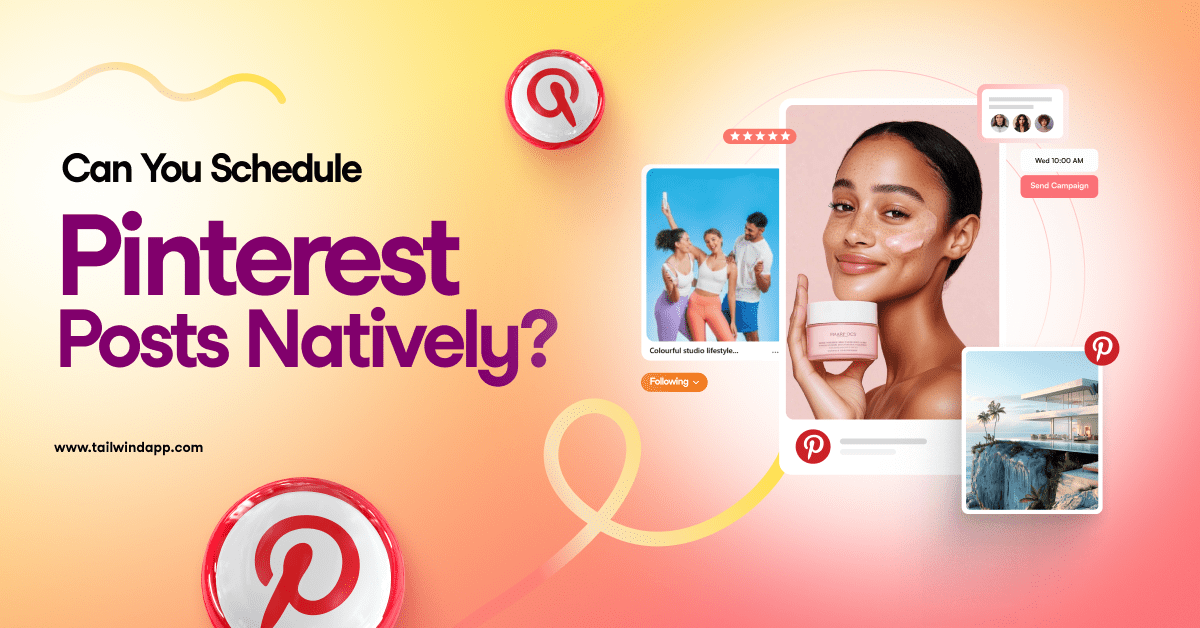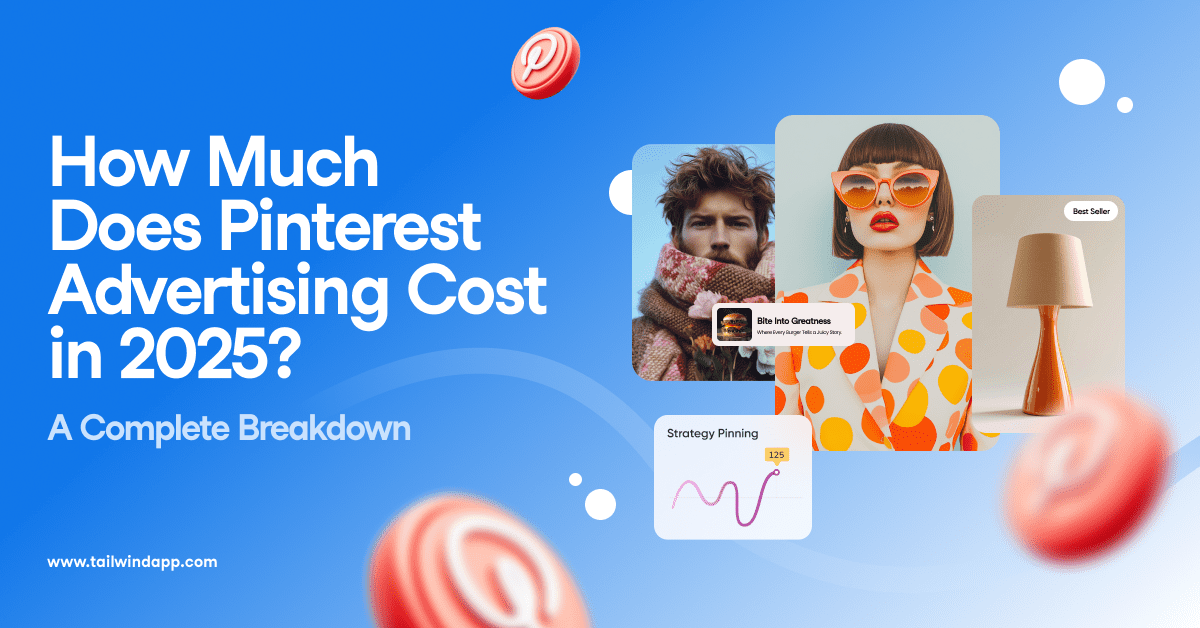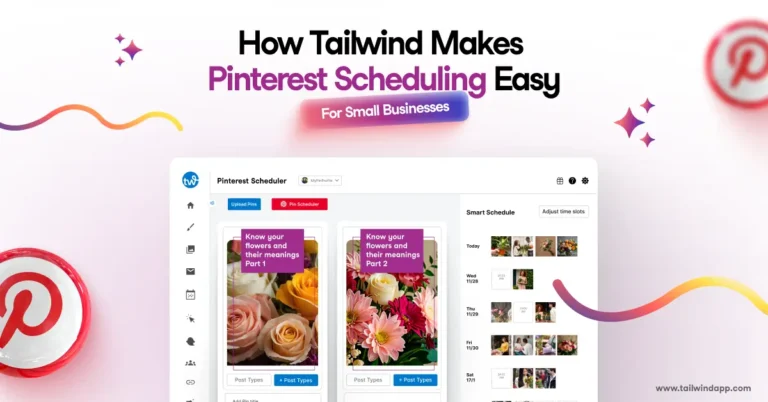
When your business relies on getting quality traffic from social media, you spend a lot of time crafting the perfect images.
But there’s nothing more depressing (or infuriating) than spending precious time designing something beautiful only to have it overlooked or ignored.
If you’re not a professional designer or marketer, knowing what kinds of graphics will make people pay attention can be hard. In fact, even many designers and marketers are often left scratching their heads when their images just don’t connect.
Today, our goal is to help you understand what it takes to create and post scroll-stopping images for social media.
We’ll focus primarily on Pinterest, Instagram, and Facebook—but these strategies can be adapted and used on a wide variety of platforms including sites like YouTube or your own blog.
The advice in this post comes from a very talented group of professional designers and marketers who have been in the trenches and know what it takes to get their followers’ attention.
So if you want your flowers to STOP and pay attention to you in their social feeds, this roundup of top-notch advice is for you.
Let’s get started:
Tip #1: Follow the Data
We’re starting with this tip because it should literally affect every decision you make about social media design moving forward.
If you’re a true marketer or entrepreneur, data and analytics are the most important things to consider when designing for social feeds.
Ask yourself: What are users actually engaging with?
From there, any other questions about brand consistency, colors, fonts, and images all take a back seat.
“Start out by experimenting with different types of images for your content– different colors, fonts, image types, etc– and find what people are engaging with the most (Pinterest analytics are an INCREDIBLE resource for this!)– and then use that data to make informed decisions about what kind of images to create moving forward. “
Morgan Nield, Marketer and Entrepreneur
Tip #2: Optimize for Each Platform
Just because you’ve got a good understanding of what it takes to succeed on Pinterest, doesn’t mean the same tactics will work on Instagram.
In fact, they’re almost guaranteed not to.
“It’s essential to make sure that the social media designs adhere to each platform’s size and resolution requirements so that your posts look just right,” explains marketing & design expert Amalia Madalina Pop.
But optimizing your designs for each individual platform is about way more than just getting the right social media image sizes (although, that is definitely important).
It’s about understanding why your followers are using one platform over another.
“It is essential to understand which platforms are suitable for your business,” Amalia continues. “While Pinterest is one place to find inspiration that leads to purchase, LinkedIn is a more business-oriented platform.”
“Every platform has its specificity. Pick those platforms that will shed the best light on your product or services with the help of social media graphic design.”
The design team at Design Pickle agrees:
“Identify which platform(s) you’re going to share your designs on before starting the design. You’ll have to resize the image to fit the specific dimensions of every platform you plan to share a social media graphic design.
It may seem tedious, but a quick size check could make the difference between cropping out the most important design element and a flawless user experience.”
For more information, review how to recycle social media content for multiple platforms.
Tip #3: Tap Into Emotion with Faces
Visual communication is all about emotion: what do your followers FEEL when they see your social posts.
The more emotion you can build into an image or design, the more likely your followers are to stop scrolling, pay attention, engage, or click.
“Use emotion or motion in the images.
This means if you’re going to use someone’s face, make sure there is obvious emotion vs just using a standard smiling headshot.”
Clay Mosley, GetDripify
Studies show that using faces in your social media images can lead to more likes.
The overall goal here is to get your followers to feel something when they see your graphics. The more they feel, the more connection they will have with your brand, and the more likely they’ll be to engage in positive ways.
Tip #4: Don’t Be Too Polished
Our next design tip for scroll-stopping images has proven to work especially well when designing facebook images (particularly for ads).
Our advice? Don’t be too polished.
“It may seem counterintuitive at first,” explains designer and marketer Preston Lee, “but sometimes a ‘poorly designed’ image can grab a LOT of attention.”
“You should balance this decision with other considerations like your overall brand appearance, but often, if your posts are too polished, they’ll fade into the background and get swallowed up by all the noise in your followers’ feeds.”
The reasoning behind this is pretty simple:
If an image is over-optimized it can begin to feel too “corporate” or “cold” where a less “official” image can feel authentic, warm, and original.
Tip #5: Provide Additional Value
When designing images for social media, it can pay off to ask yourself “how can I add even more value here?”
Studies show people come to social media for “reward processing, social cognition, imitation, and attention.”
In other words, people come to social media looking for something. Attention, validation, and often information.
Pro designer Amy Kuo reveals how she boosts engagement through social images:
“Share your knowledge! My most engaged-with posts are clear, well-designed graphs or carousel posts sharing bits and pieces of my knowledge about branding and design.”
It’s the same with interior design expert Mania Mavridou.
“My personal goal is to connect my architectural studio with professionalism and great taste, but also provide value, showing my expertise and educating prospects and clients,” she explains. “This is why there’s always some text, an attention grabbing story or useful information, and a link to a blog post for those who want to learn more.”
Tip #6: Master Composition & Hierarchy
Every social media graphic or image should tell a story. And, indeed, each one does whether you intend it or not.
The real challenge is telling the right story in a fraction of a second as your followers are scrolling through their feeds.
For that, you’ll want to harness the power of good composition and hierarchy.
“To create attention-grabbing images, you’ve got to create an engaging composition,” says pro designer Matt Olpinski. “Your graphic can be text-based or image-based, but the composition (or layout) has to captivate the user.”
Great composition starts with getting users to see the most important messages first. This is called hierarchy.
Brian Peters, a marketer working at Shopify, explains the power of hierarchy in your social designs:
“It’s quite likely that you’ll be working with multiple elements in your social media design. And chances are each of those elements will be important to your overall message.
Taking full advantage of the hierarchy design principle starts with an understanding of your goals. Establish the most crucial message as the focal point and … once that’s in place, you can start to build your second or third pieces of information in without taking away from the overall goal.”
To get a better grasp on hierarchy, try reading our guide to visual hierarchy for non-designers!
Tip #7: Don’t Make it About You
When designing your next social media post or capturing that next great image, you might be inclined to focus on you, your brand, and your message.
That makes sense. But taken too far, this can be a big mistake.
“Given that social media is designed for publishing YOUR words and YOUR pictures, it can be tempting to make it about you.
Your audience chose to follow you for a reason. Whether it’s for information, entertainment or inspiration, your job is to give the people what they came for.”
Jamahl Johnson, 99Designs
While many of your followers have chosen to click that “follow” button because they want to see what you’re up to, keep in mind: almost all of us are narcissists to one degree or another.
Even if they’re not asking it consciously, when someone follows you on social media, they’re wondering: “what’s in it for me?”
Make your social media graphics about your followers, your users, your customers, and their needs.
Getting Users to Stop Scrolling
In the end, this advice from top marketing and design experts is a great starting point to get users to stop scrolling through their feeds and pay attention to you or your brand.
But let’s come full circle here, back to tip #1 at the top of this post: follow the data.
Take this article and test, experiment, track, and review results. Then take what’s working and do more of it, discarding the ideas that don’t work.
You can also hone in on your own style and strategy for social media design with a little help! With Tailwind Create, you can generate hundreds of show-stopping designs personalized to your brand for your favorite social media platforms. From Pinterest Pins to Facebook posts and everywhere in between, Tailwind Create is here to help you start your social media designs from almost done. Try it out here!








